India
Is a country in South Asia. It is the seventh-largest country by area, the second-most populous country with over 1.2 billion people, and the most populous democracy in the world.
India got its independence on August 15th, 1947. It was the day when the Indians got liberated from the rule of the British.
Flag
The National flag of India is officially described in the Flag Code of India as follows: "The colour of the top panel shall be India saffron (Kesariya) and that of the bottom panel shall be India green. The middle panel shall be white, bearing at its centre the design of Ashoka Chakra in navy blue colour with 24 equally spaced spokes.

| India: At a Glance | |
|---|---|
| Capital | New Delhi |
| Area | 32,87,263 sq.km |
| Area wise in the world | 7th |
| Location | India extends between latitudes 8o4'N and 37o6'N. It is a country of the east with its landmass lying beteen longitudes 68o7'E and 97o25'E. |
| Stretch | 3,214 Kilometers from north to south 2,933 Kilometers from east to west |
| Land Frontier | 15,200 km |
| Coastline | 7516.5 km |
| Neighbouring Countries | India shares its political borders with Pakistan and Afghanistan on the west and Bangladesh and Myanmar on the east. The northern boundary is made up of the Sinkiang province of China, Tibet, Nepal and Bhutan. India is seperated from Sri Lanka by a narrow channel of sea formed by the Palk Strait and Gulf of Mannar |
| Physical Feature | The mainland consists of four well-defined regions: (i)The great mountain zone, (ii)The Indo-Gangetic plain, (iii)The desert region and (iv)The Southern Peninsula |
| Rivers | The main rivers of the Himalayan group are the Indus, the Ganga and the Brahmaputra. |
| Climate | There are four seasons which are recognised by the India Meteorological department. They are - Cold weather, hot weather, rainy season and the season of the retreating south-west monsoon. |
| Fauna | Approx. 89,451 species |
| National Parks | 94 |
| Wildlife Sanctuaries | 501 |
| Official Languages | Hindi |
| Population (2001 census) | 1,203,710,000(March 2011)(17% of the world's population) |
| Populationwise place in the world | 2nd |
| Population density | 324 person per square kilometer |
| Population growth | 21.34 % |
| Sex Ratio | 933 females per 1000 males |
| Literacy | 65.38 % |
| Male Literacy | 75.85 % |
| Female Literacy | 54.16 % |
The Indian economy is the world's tenth-largest by nominal GDP and third-largest by purchasing power parity (PPP). Following market-based economic reforms in 1991, India became one of the fastest-growing major economies; it is considered a newly industrialised country.
Agriculture is not only the dominant occupations of the people of India but is also one of the most important economic sectors for the country.
Government
India is the world's most populous democracy. A parliamentary republic with a multi-party system, it has six recognised national parties, including the Indian National Congress and the Bharatiya Janata Party (BJP), and more than 40 regional parties. The Congress is considered centre-left or "liberal" in Indian political culture, and the BJP centre-right or "conservative".
For most of the period between 1950—when India first became a republic—and the late 1980s, the Congress held a majority in the parliament. Since then, however, it has increasingly shared the political stage with the BJP, as well as with powerful regional parties which have often forced the creation of multi-party coalitions at the centre.
For most of the period between 1950—when India first became a republic—and the late 1980s, the Congress held a majority in the parliament. Since then, however, it has increasingly shared the political stage with the BJP, as well as with powerful regional parties which have often forced the creation of multi-party coalitions at the centre.
Culture stuff
India has the most number of mosques. It has 300,000 mosques which is much more than the Muslim world.


Art and architecture
Much of Indian architecture, including the Taj Mahal, other works of Mughal architecture, and South Indian architecture, blends ancient local traditions with imported styles.
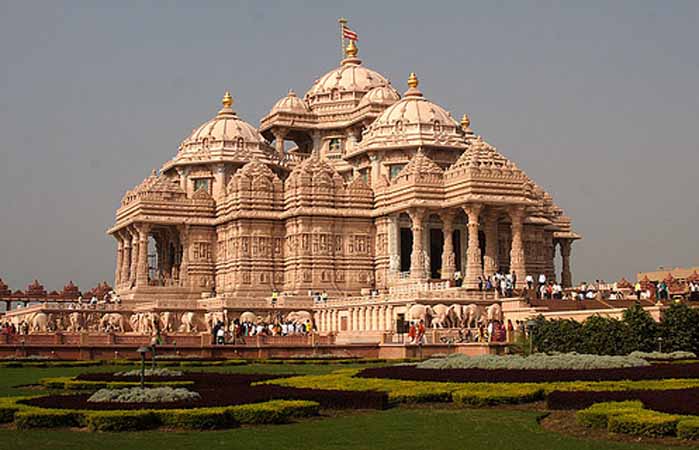
Vernacular architecture is also highly regional in it flavours. Vastu shastra, literally "science of construction" or "architecture" and ascribed to Mamuni Mayan, explores how the laws of nature affect human dwellings; it employs precise geometry and directional alignments to reflect perceived cosmic constructs

Vernacular architecture is also highly regional in it flavours. Vastu shastra, literally "science of construction" or "architecture" and ascribed to Mamuni Mayan, explores how the laws of nature affect human dwellings; it employs precise geometry and directional alignments to reflect perceived cosmic constructs
Literature
The earliest literary writings in India, composed between 1400 BCE and 1200 CE, were in the Sanskrit language. Prominent works of this Sanskrit literature include epics such as the Mahābhārata and the Ramayana, the dramas of Kālidāsa such as the Abhijñānaśākuntalam (The Recognition of Śakuntalā), and poetry such as the Mahākāvya.
Kamasutra, the famous book about sexual intercourse also originated in India. Developed between 600 BCE and 300 CE in South India, the Sangam literature, consisting of 2,381 poems, is regarded as a predecessor of Tamil literature.
Kamasutra, the famous book about sexual intercourse also originated in India. Developed between 600 BCE and 300 CE in South India, the Sangam literature, consisting of 2,381 poems, is regarded as a predecessor of Tamil literature.
Music
Indian music ranges over various traditions and regional styles. Classical music encompasses two genres and their various folk offshoots: the northern Hindustani and southern Carnatic schools. 
Regionalised popular forms include filmi and folk music; the syncretic tradition of the bauls is a well-known form of the latter. Indian dance also features diverse folk and classical forms.
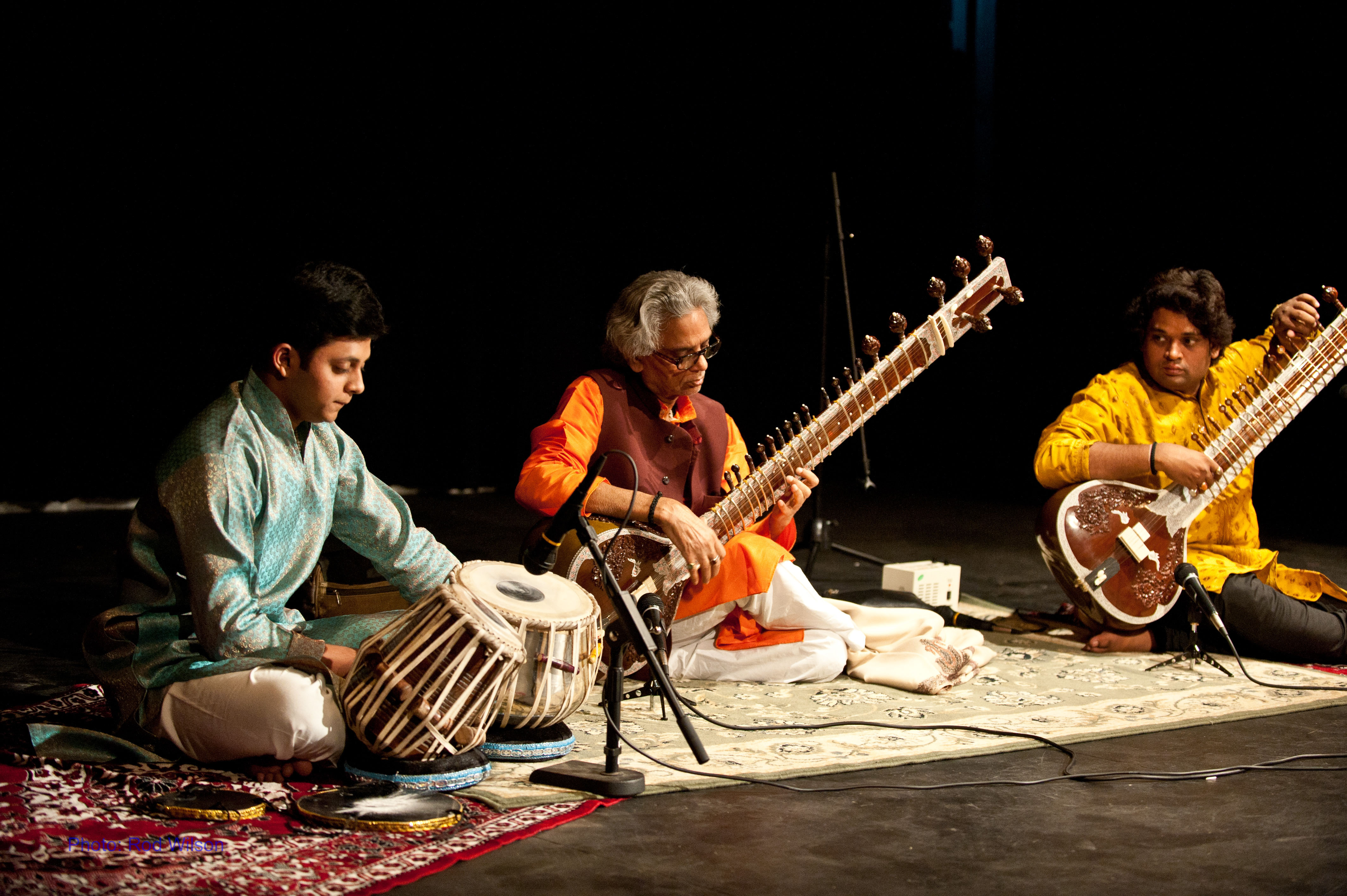
Among the better-known folk dances are the bhangra of the Punjab, the bihu of Assam, the chhau of West Bengal and Jharkhand,Garba and Dandiya of Gujarat, sambalpuri of Odisha, ghoomar of Rajasthan, and the lavani of Maharashtra.

Regionalised popular forms include filmi and folk music; the syncretic tradition of the bauls is a well-known form of the latter. Indian dance also features diverse folk and classical forms.

Among the better-known folk dances are the bhangra of the Punjab, the bihu of Assam, the chhau of West Bengal and Jharkhand,Garba and Dandiya of Gujarat, sambalpuri of Odisha, ghoomar of Rajasthan, and the lavani of Maharashtra.
Society
Traditional Indian society is sometimes defined by social hierarchy. The Indian caste system embodies much of the social stratification and many of the social restrictions found in the Indian subcontinent.

Social classes are defined by thousands of endogamous hereditary groups, often termed as jātis, or "castes". India declared untouchability to be illegal in 1947 and has since enacted other anti-discriminatory laws and social welfare initiatives.

At the workplace in urban India and in international or leading Indian companies, the caste related identification has pretty much lost its importance.

Social classes are defined by thousands of endogamous hereditary groups, often termed as jātis, or "castes". India declared untouchability to be illegal in 1947 and has since enacted other anti-discriminatory laws and social welfare initiatives.

At the workplace in urban India and in international or leading Indian companies, the caste related identification has pretty much lost its importance.
Clothing
Cotton was domesticated in India by 4000 B.C.E.
Traditional Indian dress varies in colour and style across regions and depends on various factors, including climate and faith. Popular styles of dress include draped garments such as the sari for women and the dhoti or lungi for men.
Stitched clothes, such as the shalwar kameez for women and kurta–pyjama combinations or European-style trousers and shirts for men, are also popular.
Use of delicate jewellery, modelled on real flowers worn in ancient India, is part of a tradition dating back some 5,000 years; gemstones are also worn in India as talismans.
Food
Shikampuri Kebab
Exotic kebabs from the royal kitchen of Hyderabad graciously stuffed with hung yogurt, green chillis, onions and coriander. You may not be able to stop at just one!
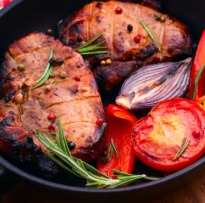
Mutton Biryani
A hearty mutton biryani that will amaze your guests! Layers of mutton and saffron-milk infused rice cooked 'dum' style.
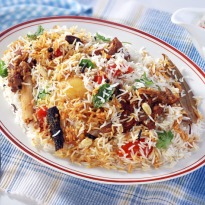
Shukto
This bitter sweet medley of vegetables makes an appearance at every Bengali festivity. It's the first thing that gets wiped off the plate and is usually served with rice.
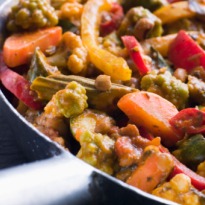
Goan Prawn Curry
Prawns cooked in coconut milk with a spicy gravy made of turmeric, black pepper, vinegar and coconut.
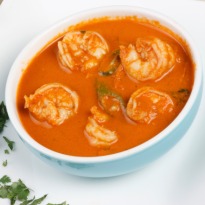
Rice Dhokla
The all-time favorite Gujarati snack made with rice flour, suji and mild spices. Light and lovely!
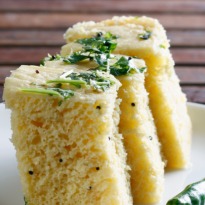
The improved results garnered by the Indian Davis Cup team and other Indian tennis players in the early 2010s have made tennis increasingly popular in the country.
India has a comparatively strong presence in shooting sports, and has won several medals at the Olympics, the World Shooting Championships, and the Commonwealth Games.
Other sports in which Indians have succeeded internationally include badminton, boxing, and wrestling. Football is popular in West Bengal, Goa, Tamil Nadu, Kerala, and the north-eastern states.
New Delhi
Is the capital of India and seat of the executive, legislative, and judiciary branches of the Government of India. It is also the centre of the Government of the National Capital Territory of Delhi.
New Delhi is situated within the metropolis of Delhi and is one of the eleven districts of Delhi National Capital Territory.
Top 10 Most Visited Places in India
The rich history of India, along with its cultural and geographical diversity makes its international tourism appeal large and diverse. Let us have a look at the most visited places in India, where people from all over the world flow into, for an exotic vacation.
Agra
Agra is the most visited city in India, since it is home to one of the greatest eternal symbols of love-Taj Mahal. This white domed marble mausoleum is one of the Seven Wonders of the World and has an epic love story behind it. Fatehpur Sikri, Agra Fort, Akbar's tomb, Ram Bagh and Sikandra fort are some of the must visit places in Agra, apart from Taj Mahal.
Kashmir
The Paradise on Earth, Kashmir's major attraction lies in its scenic beauty, snow clad peaks, lush green valleys, Alpine villages, cascading waterfalls, flower gardens etc. Kashmir is a destination worth visiting, during winter season where you can enjoy the boat ride on picturesque Dal Lake. The other major attractions are Gulmarg, Srinagar, Sonmarg, Nagin Lake, Pari Mahal, Shankracharya shrine and Pehalgam.
Goa
Goa, the smallest state of India is known for its exotic beaches with amazing sunset view, golden sand and coconut palms playing with the wind. If having a great time with a dear one is on your mind, Goa is the perfect place for togetherness. Tasty seafood, parasailing, wind surfing and water-skiing facilities make the beaches of Goa a core fun place. Alorna Fort, Ancestral Goa Museum, Arvalam Waterfalls, Chapora Fort and Calangute beach are some of the popular destinations in Goa.
Kanyakumari
Kanyakumari which is also known as Cape Comorin is the place where the three humungous water bodies namely, Indian Ocean, Arabian Sea and Bay of Bengal meet up. People cannot stop gazing at the darkening horizon and enjoy the moments of solitude. Sunset is more spectacular than a sunrise here and witnessing the setting of the sun makes up for a serene holiday. Lakhs of tourist, round the year are lured by the serene beauty of this place and the spectacles of sunrise and sunset.
Jaipur and Udaipur
Jaipur and Udaipur, located in Rajasthan gives us an insight into the rich cultural and artistic traditions of the state. Hawa Mahal or 'Palace of Winds', located in Jaipur , designed in the form of the crown of Lord Krishna is a beautiful construction, which draws tourists from all over the country. This pyramid shaped monument with 953 small windows stands as the entrance to the City Palace, Jaipur and is a notable sight here. The Lake Place of Udaipur is one of the most beautiful palaces in the world, which is now converted into a hotel equipped with 66 rooms and 17 suites.
Kerala
The enchanting backwaters of Kerala, the mesmerizing waterfalls, the hill stations and the serene atmosphere make the state one of the most preferred tourist destinations. Kerala Backwaters comprises of a chain of lagoons and lakes which lies parallel to the Arabian Sea. A cruise in the House boats gives tourists a unique and exciting chance to experience the beauty of the surrounding greenery and nearby villages. Munnar, Thekkady, Wayanad, Athirapally waterfalls, Varkala beach and Sree Padmanabhaswamy temple are the most preferred tourist destinations in Kerala.
Delhi
Delhi is one of the most historic capitals in the world and it is also home to some of the stunning and gorgeous tourist sites. The India Gate- the national monument of India, the Bahai House of Worship, commonly known as the Lotus Temple, Jama Masjid- the principal mosque of India, Rashtrapati Bhavan -the official residence of the President of India situated near Parliament House and Qutub Minar- a UNESCO World Heritage Site are the renowned and most visited destinations in New Delhi.
Darjeeling
Darjeeling is fondly called the ''Queen of the Hills'' and is at an altitude of 2134 meters above mean sea level, nestled among the rolling mountains. Darjeeling produces most popular teas in the world and one can admire clear view of the world's third highest peak, Kanchenjunga from here. Darjeeling hosts some of the most popular hill resorts in India and the sight of sunrise is simply spectacular.
Mysore
The cultural capital of Karnataka, Mysore is located at the base of Chamundi Hills and is noted for its palaces, mainly the Mysore Palace. This palace, also known as the Amba Vilas Place is one of the most famous tourist attractions in India after Taj Mahal and is visited by more than 2.7 million visitors annually. Mysore Dasara festival, celebrated here during the season of autumn attracts people from various parts of the world. Chamundeswari Temple, Sri Chamarajendra Zoological Gardens, St. Philomena's Church and Brindhavan garden are the popular landmarks of Mysore.
Ajanta Ellora
The Ajanta Caves in Aurangabad district of Maharashtra are 30 rock-cut cave monuments and these splendid architectural wonders portray the rich heritage of India. The paintings and sculptures in these caves are supposed to be masterpieces of Buddhist religious art. The cave temples are positioned in a horse-shoe shaped cliff.
The cave temples of Ellora located in the Deccan Plateau were excavated between 600 AD and 900 AD. There are numerous Buddhist, Hindu, and Jain temples here and all of them are made from solid rock. The Kailas (heaven of Siva) temple in Ellora is one of the most interesting and attractive cave temples here. Ellora, also known as Ellooru, represents the epitome of Indian rock-cut architecture.


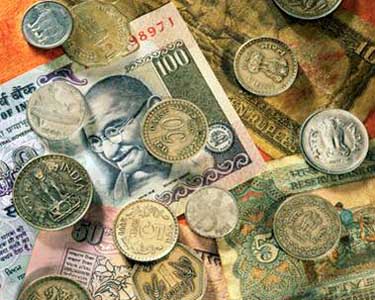

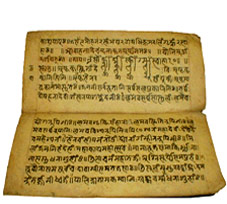



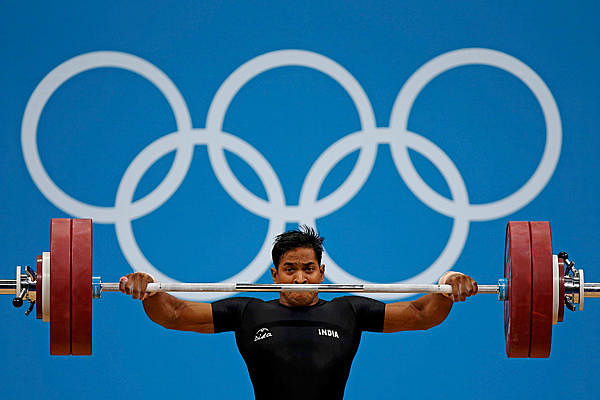


No hay comentarios.:
Publicar un comentario